Home>Renovation & DIY>Tools & Equipment>How To Measure Your Height With Measuring Tape
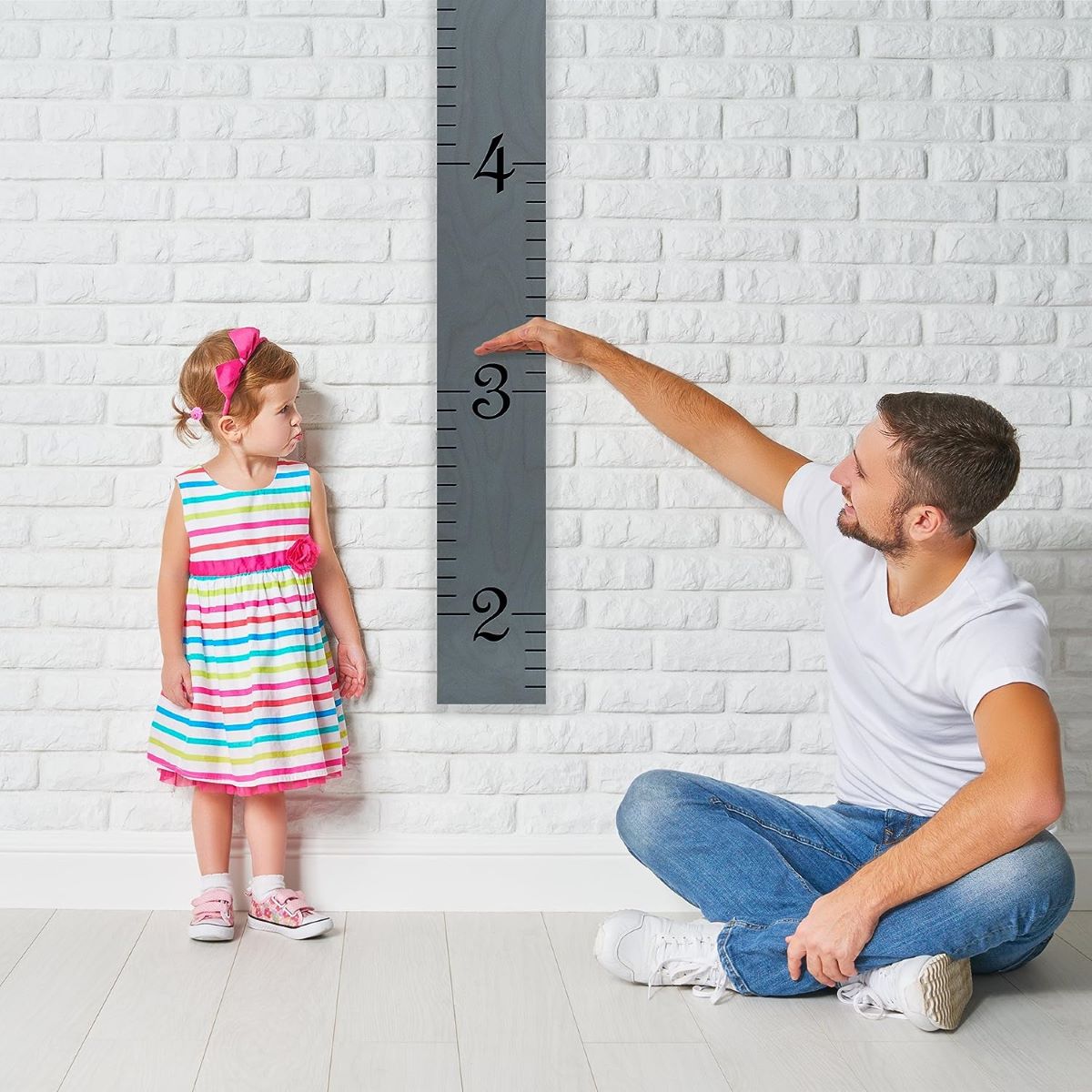

Tools & Equipment
How To Measure Your Height With Measuring Tape
Modified: December 21, 2023
Learn how to measure your height accurately using a measuring tape. Discover the essential tools and equipment needed for the task.
(Many of the links in this article redirect to a specific reviewed product. Your purchase of these products through affiliate links helps to generate commission for Storables.com, at no extra cost. Learn more)
Introduction
Welcome to the ultimate guide on how to measure your height with a measuring tape! Whether you need to determine your height for medical reasons, fitness goals, or simply out of curiosity, this step-by-step tutorial will provide you with all the information you need to accurately measure your height at home.
Measuring your height is a simple process that requires only a few basic tools and a little bit of time. By following the instructions outlined in this article, you can easily determine your height without needing to visit a doctor’s office or a specialized facility.
Knowing your height can be useful for various reasons. It is an essential component of tracking growth and development in children and teenagers. For adults, knowing your height can help with choosing the correct clothing size, monitoring changes in height over time, or even participating in certain sports or physical activities that have height requirements.
So, let’s get started! Grab your measuring tape and let’s delve into the step-by-step process of measuring your height accurately.
Key Takeaways:
- Measure your height accurately at home using a measuring tape, ensuring proper posture and tape alignment. Record your height for tracking growth, fitness goals, and personal information with confidence.
- Gather necessary materials, prepare the measuring tape, find a suitable location, stand against a wall, position the tape correctly, and record your height for accurate and reliable results.
Step 1: Gather the necessary materials
Before you begin measuring your height, it’s important to ensure that you have all the necessary materials on hand. Here’s what you’ll need:
- A measuring tape: This is the most important tool for measuring your height. Make sure your measuring tape is long enough to reach from the floor to the top of your head.
- A clear and flat surface: You’ll need a flat surface against which to stand when taking your height measurements. This could be a wall, a door frame, or any other sturdy and vertical surface.
- A pen and paper: You’ll want to keep a pen and paper nearby to record your height measurements. This will help you keep track of any changes in your height over time.
- A helper (optional): While not necessary, having a helper can make the measuring process easier. They can ensure the measuring tape is properly aligned and help record your height accurately.
Once you have gathered all the necessary materials, you’re ready to move on to the next step in measuring your height with a measuring tape.
Step 2: Prepare the measuring tape
Now that you have all the necessary materials, it’s time to prepare the measuring tape for measuring your height. Follow these steps to ensure that your measuring tape is ready to use:
- Unroll the measuring tape: Start by unrolling the measuring tape completely. This will help you see the numbers and markings clearly, making it easier to take accurate measurements.
- Check the accuracy: Before proceeding, it’s a good idea to check the accuracy of your measuring tape. You can do this by comparing it with a known measurement, such as the height of a doorway or a standard ruler. If there are any discrepancies, it’s best to use a different measuring tape to ensure accurate results.
- Ensure the tape is straight: Straighten out any kinks or bends in the measuring tape. It’s important to have a straight and undistorted tape to obtain precise measurements.
- Secure the end of the tape: If your measuring tape has a loose end, make sure to secure it in place. This can be done by holding it firmly or using a small clamp or clip to keep it in position.
Once you have prepared the measuring tape, you’re ready to move on to the next step and find a suitable location for taking your height measurements.
Step 3: Find a suitable location
Choosing the right location to measure your height is crucial for obtaining accurate results. Here are some guidelines to help you find a suitable location:
- Select a flat and vertical surface: Look for a wall or a door frame that is flat and vertical. This will provide a stable surface against which you can stand while taking your height measurements.
- Ensure an unobstructed space: Clear any objects or furniture that may be blocking the area where you plan to measure your height. You should have enough space to stand comfortably and fully extend your body.
- Remove distractions: Make sure the area is free from distractions, such as noise or visual clutter, that could divert your attention and affect your posture during the measurement process.
- Good lighting: Adequate lighting is important for accurately reading the measurements on the tape. Choose a location with good lighting to ensure clear visibility of the measuring tape.
Once you have found a suitable location, make sure there is enough room for you to stand upright against the wall or door frame. Clear any obstacles and prepare yourself for the next step – standing against the wall in the correct position.
Step 4: Stand against a wall
Now that you have found a suitable location, it’s time to stand against a wall in preparation for taking your height measurements. Follow these steps to ensure proper positioning:
- Remove your shoes: To get the most accurate measurement, it’s best to take off your shoes. This will allow you to stand flat against the wall and eliminate any discrepancies caused by the height of your footwear.
- Stand upright: Position yourself in front of the wall or door frame and stand up straight with your feet together. Keep your shoulders relaxed and your arms hanging naturally by your sides.
- Align your body: Make sure your back is pressed firmly against the wall. Your heels, buttocks, and shoulder blades should be touching the wall to ensure proper alignment.
- Look straight ahead: Keep your head level with your eyes looking straight ahead. Avoid tilting your head up or down, as this can affect the accuracy of the measurement.
It’s important to maintain a natural posture and avoid slouching or leaning against the wall. Standing up straight will ensure accurate measurement of your height. Once you are in the correct position, it’s time to move on to the next step and position the measuring tape.
Stand with your back against a wall and mark the highest point of your head with a pencil. Then, use a measuring tape to measure from the floor to the mark for an accurate height measurement.
Step 5: Position the measuring tape
Now that you are standing against the wall in the correct position, it’s time to position the measuring tape for taking accurate height measurements. Follow these steps to ensure proper placement:
- Hold the measuring tape: Take hold of the measuring tape at the zero mark, ensuring that it is secure and taut. Make sure the tape is straight and not twisted or bent.
- Align the measuring tape: Position the bottom end of the measuring tape at the floor, making sure it is touching the ground and aligned with your feet.
- Bring the tape up: Gently bring the measuring tape up along the wall, extending it vertically towards the top of your head. Be careful not to pull or stretch the tape, as this can lead to inaccurate measurements.
- Center the tape: As you bring the tape up, make sure it is centered on your head. The tape should pass through the midpoint of your cranium and be parallel to the ground.
- Check the alignment: Double-check that the measuring tape is aligned with the top of your head. It should be touching your scalp without compressing your hair.
By following these steps and ensuring proper placement of the measuring tape, you will be ready to take the final measurement of your height. Move on to the next step to record your height accurately.
Step 6: Measure from the floor to the top of your head
With the measuring tape properly positioned, it’s time to measure from the floor to the top of your head. Follow these steps to obtain an accurate measurement:
- Stand still: Ensure that you are standing in an upright position, with your back against the wall and your feet together. Hold your body steady and avoid any unnecessary movements.
- Read the measurement: Look at the point on the measuring tape where it intersects with the top of your head. This will give you the measurement of your height in inches or centimeters. Take note of this measurement.
- Be precise: Take a moment to double-check the measurement and ensure that you have read it correctly. A small error in reading the tape can lead to inaccurate results, so it’s important to be precise.
It’s important to remember that the measurement on the tape represents the distance from the floor to the top of your head. This is your standing height or your “height under normal conditions.” If you are measuring for specific purposes, such as for medical reasons or sports requirements, be sure to follow any specific guidelines provided.
Once you have obtained the measurement, you can proceed to the next step and record your height accurately.
Step 7: Record your height
Now that you have measured your height, it’s time to record the measurement for future reference. Follow these steps to ensure accurate recording:
- Take out a pen and paper, or open a note-taking app on your phone or computer, to record your height.
- Write down the measurement: Note down the measurement you obtained from the measuring tape. Be sure to include the unit of measurement (inches or centimeters) for clarity.
- Include the date: It’s helpful to record the date of the measurement as well. This will allow you to track any changes in height over time.
- Store the record: Keep your height record in a safe place where you can easily access it when needed. You may want to file it with other important documents or keep it in a digital repository for easy retrieval.
Recording your height is not only useful for keeping track of any changes over time but also for future reference. You may need your height measurement for various purposes, such as ordering custom-made clothing or filling out documents that require accurate personal information.
Once you have recorded your height, you can move on to the final step to ensure accuracy by repeating the measurement.
Step 8: Repeat for accuracy
To ensure the accuracy of your height measurement, it is recommended to repeat the process at least one more time. This will help identify any inconsistencies or errors that may have occurred during the initial measurement. Follow these steps to repeat the measurement:
- Reset the measuring tape: Start by resetting the measuring tape, making sure it is straightened and aligned properly.
- Stand against the wall: Once again, stand against the wall with your back straight, feet together, and heels, buttocks, and shoulder blades touching the wall.
- Position the measuring tape: Position the measuring tape along the wall, ensuring it is aligned with the top of your head.
- Take the measurement: Read the measurement on the tape where it intersects with the top of your head. Note down the measurement.
Comparing the measurements from each trial will allow you to determine the accuracy of your initial measurement. If there are any significant differences between the two measurements, it is advisable to take a third measurement and calculate an average for a more precise result.
Remember, accurate measurements are important, especially if you are using your height for professional or medical purposes. Taking multiple measurements helps to minimize errors and ensures a more reliable result.
With the additional measurement(s) recorded, you have successfully completed the process of measuring your height with a measuring tape!
Conclusion
Congratulations! You have successfully learned how to measure your height with a measuring tape. By following the step-by-step instructions outlined in this guide, you can now accurately determine your height in the comfort of your own home.
Measuring your height is a simple process that requires minimal tools and time. Whether you need your height for medical purposes, fitness goals, or simply out of curiosity, being able to measure it yourself can be convenient and empowering.
Remember, accuracy is key when it comes to measuring your height. By gathering the necessary materials, preparing the measuring tape, finding a suitable location, standing against a wall, positioning the tape correctly, and recording your measurements, you can ensure precise and reliable results.
It’s important to note that height can vary throughout the day due to factors like posture and spinal compression. For the most accurate measurements, it’s recommended to measure your height in the morning, after a good night’s sleep, when your spine is fully elongated.
Recording your height measurement and keeping track of any changes over time can be valuable for various reasons. Whether it’s monitoring growth and development, tracking progress in fitness goals, or maintaining accurate personal information, having a record of your height can prove useful in many aspects of life.
We hope this guide has been informative and helpful to you. Remember to always use a reliable and properly calibrated measuring tape for accurate results. Now, go ahead and measure your height with confidence!
Frequently Asked Questions about How To Measure Your Height With Measuring Tape
Was this page helpful?
At Storables.com, we guarantee accurate and reliable information. Our content, validated by Expert Board Contributors, is crafted following stringent Editorial Policies. We're committed to providing you with well-researched, expert-backed insights for all your informational needs.
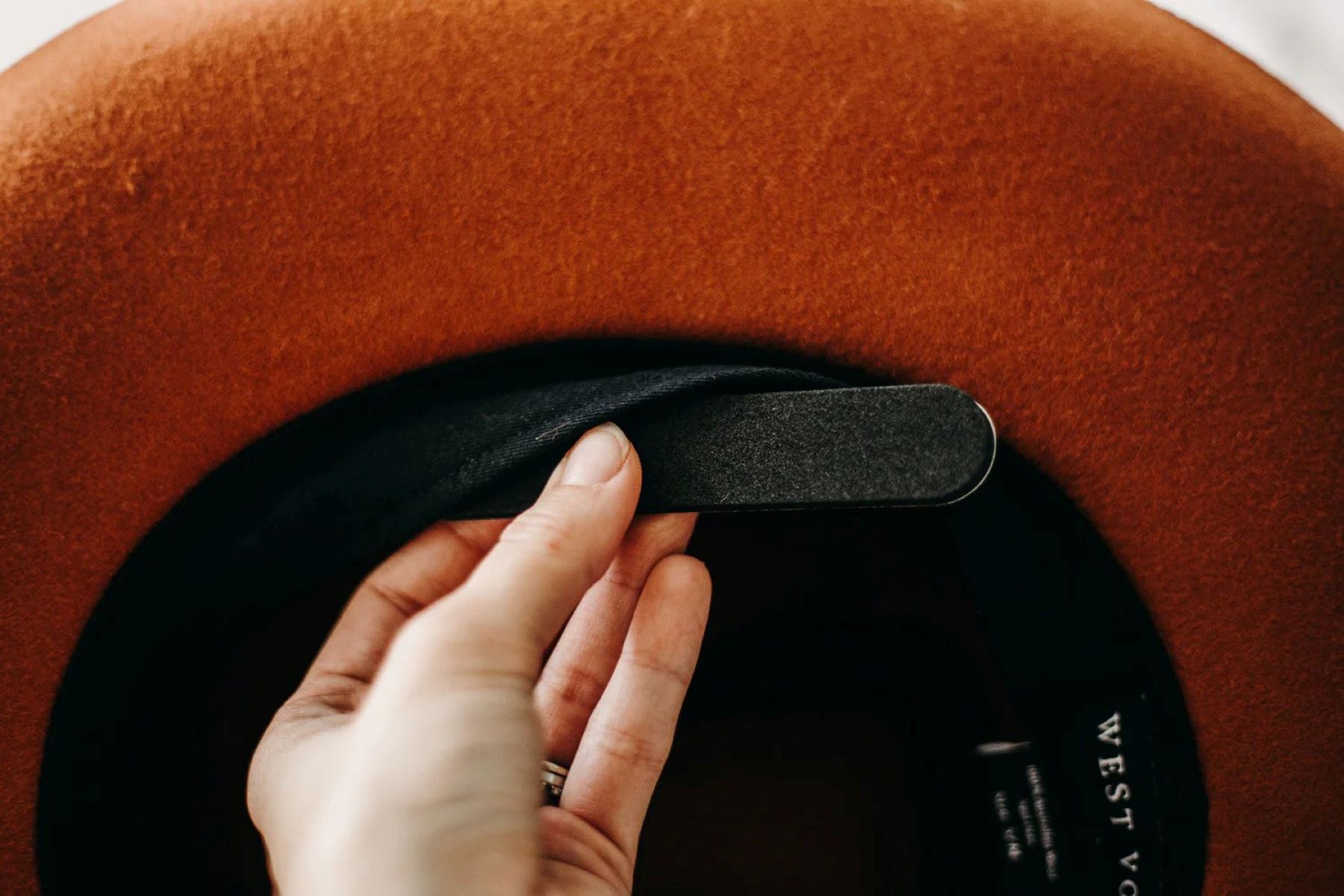

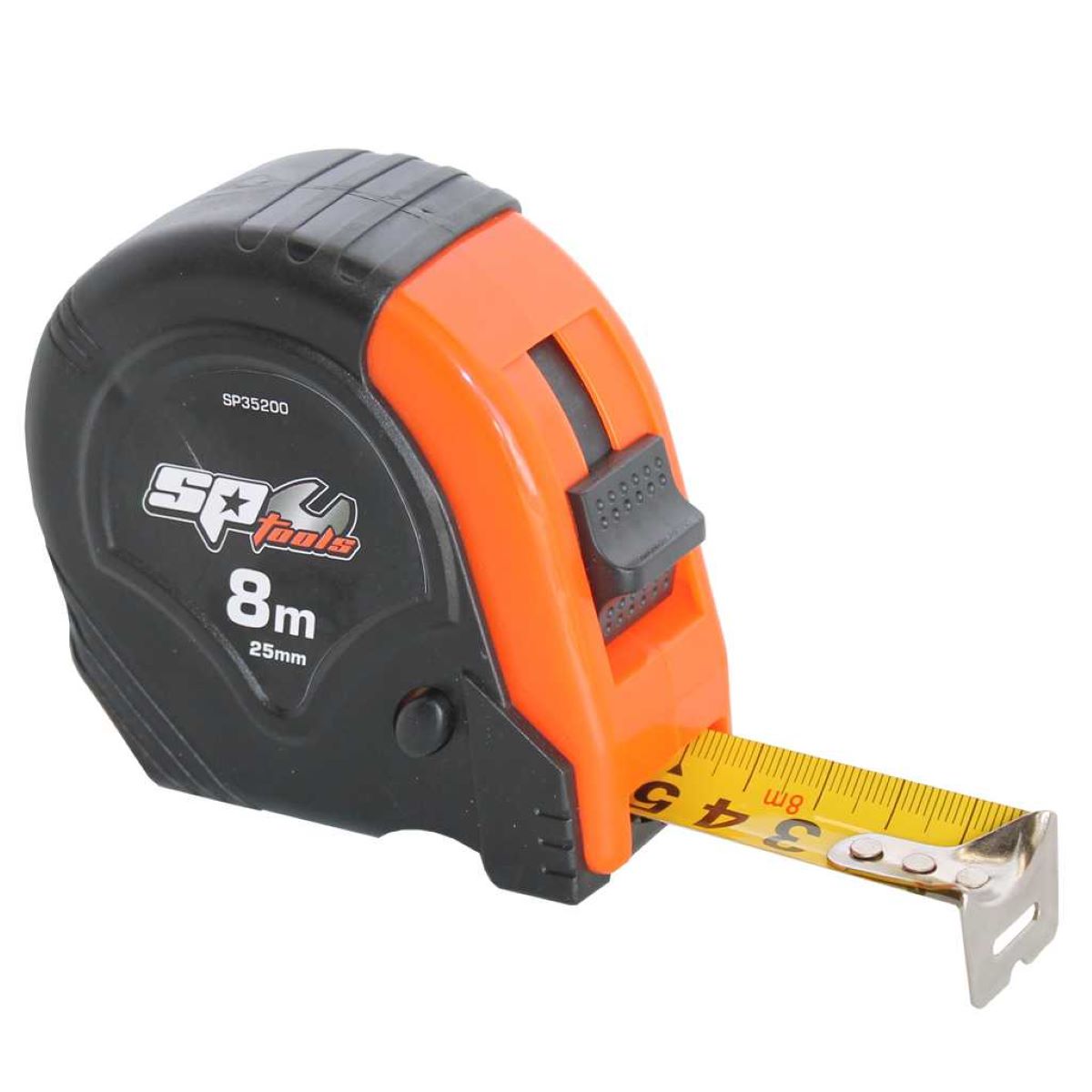
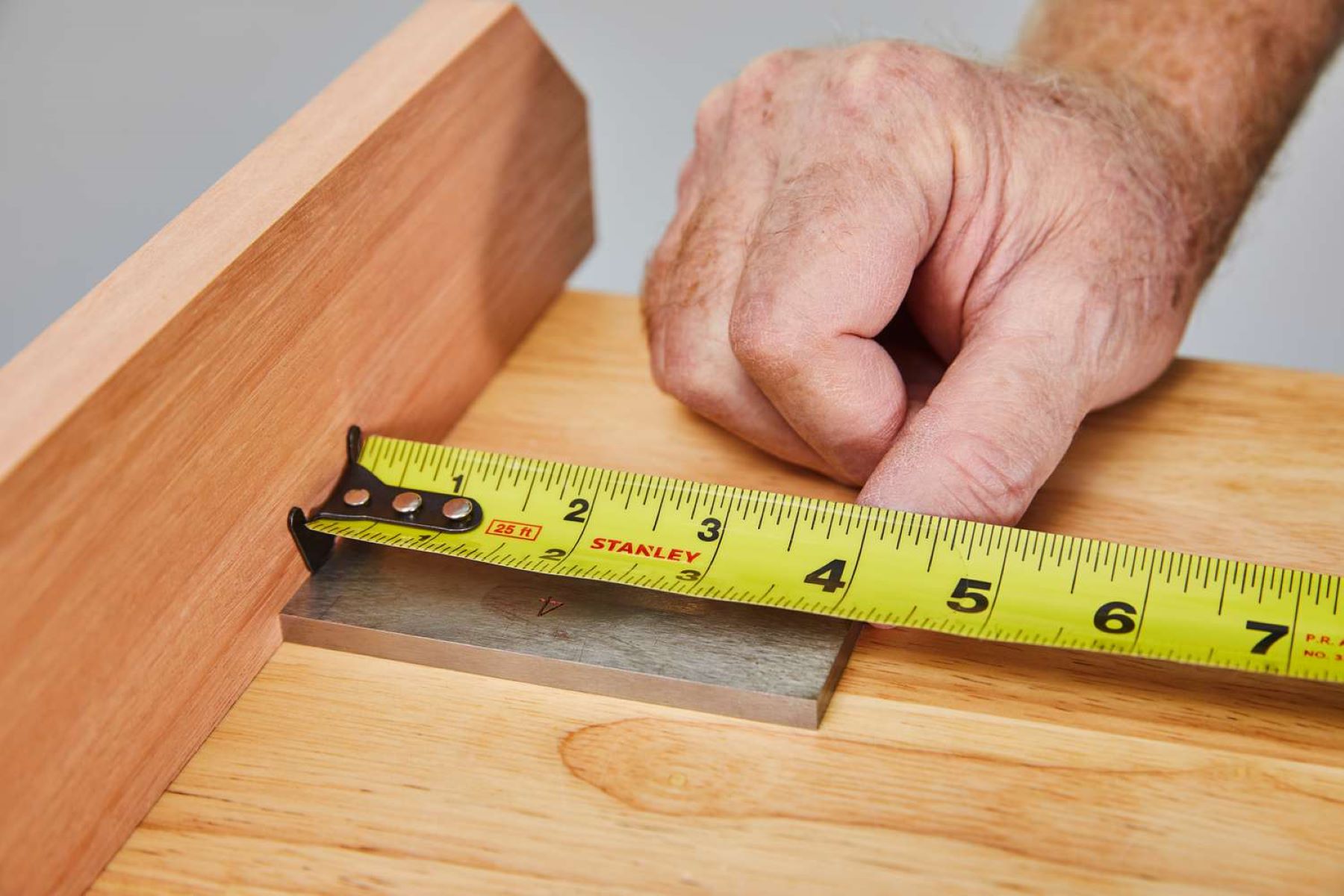
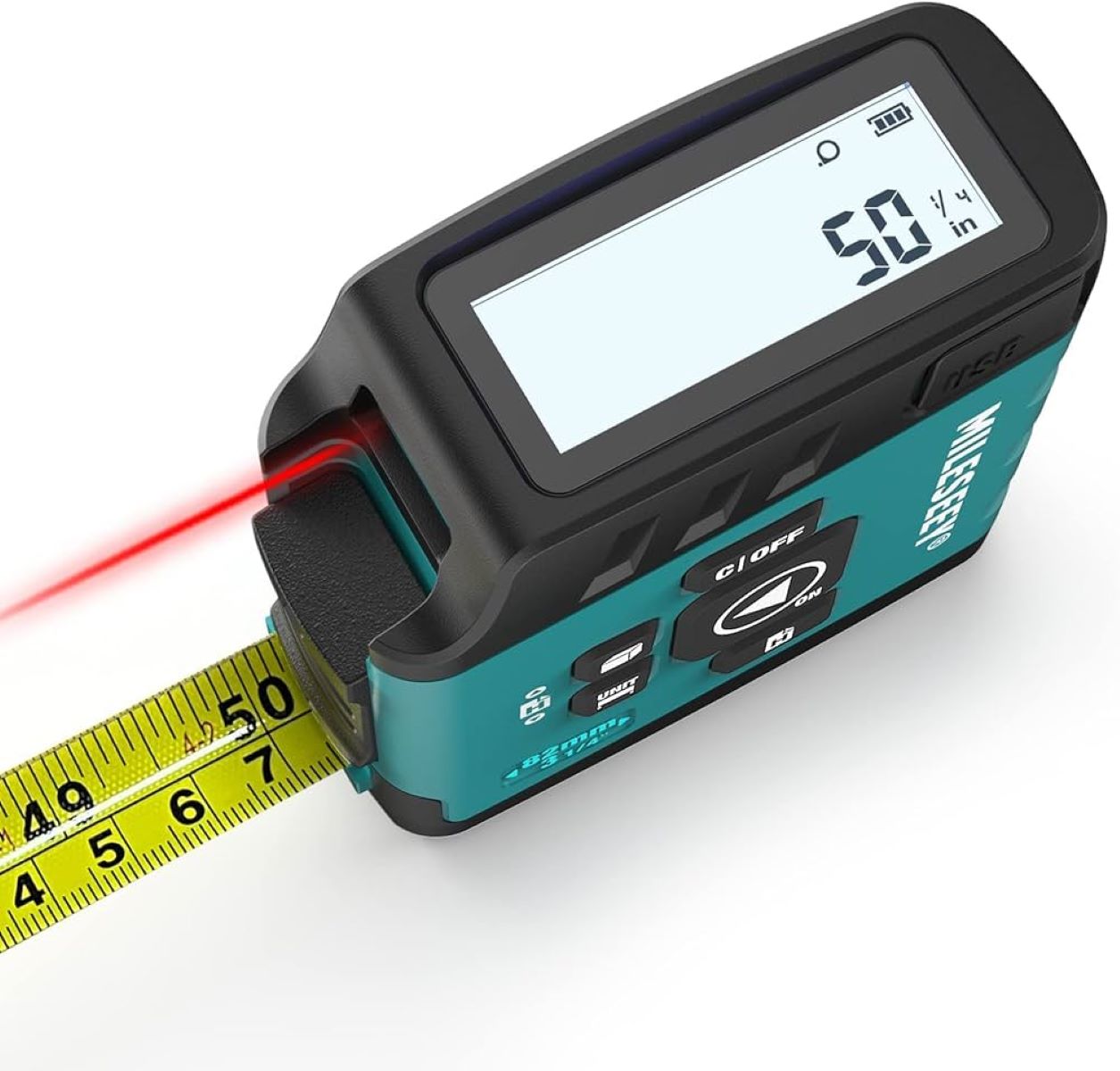
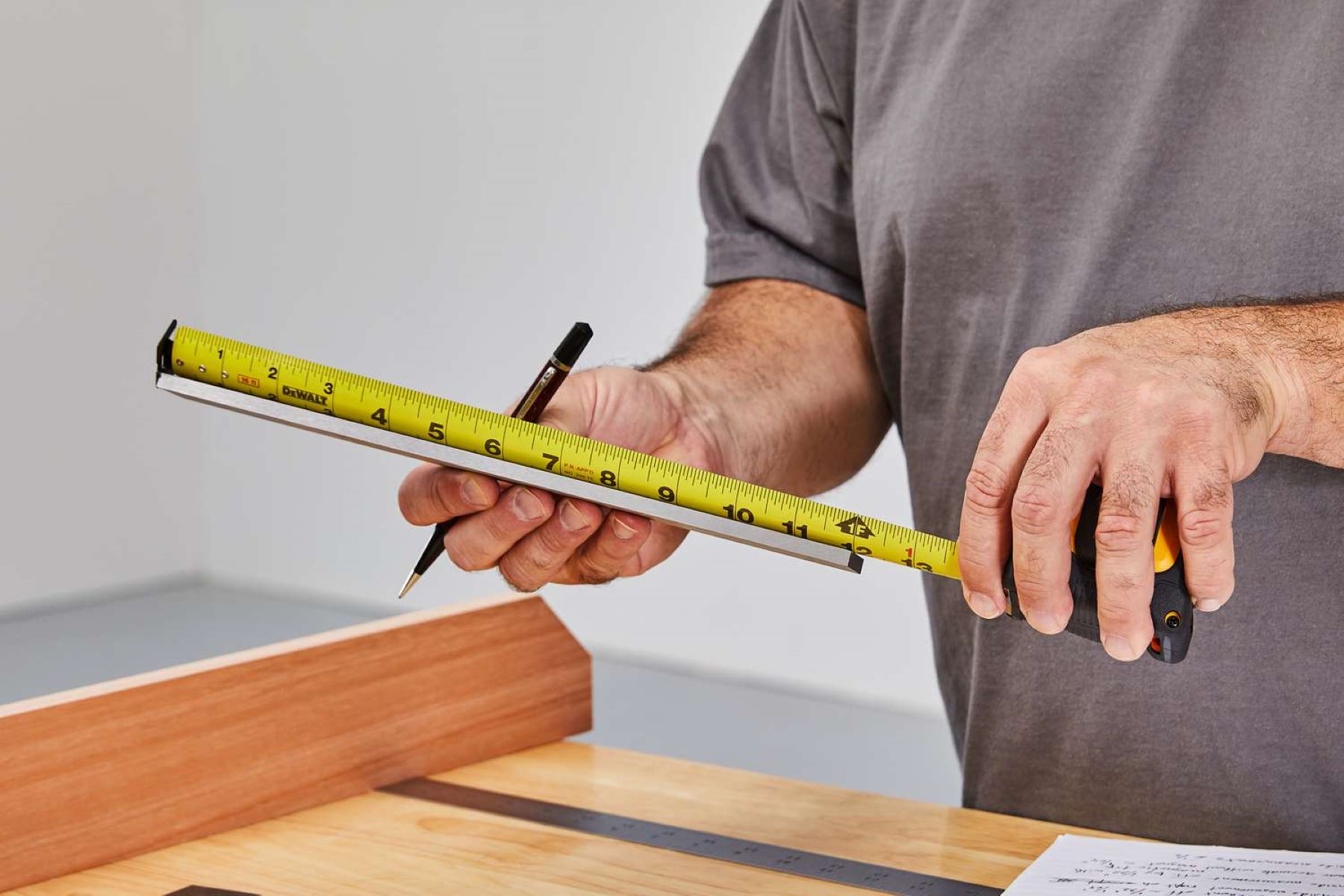
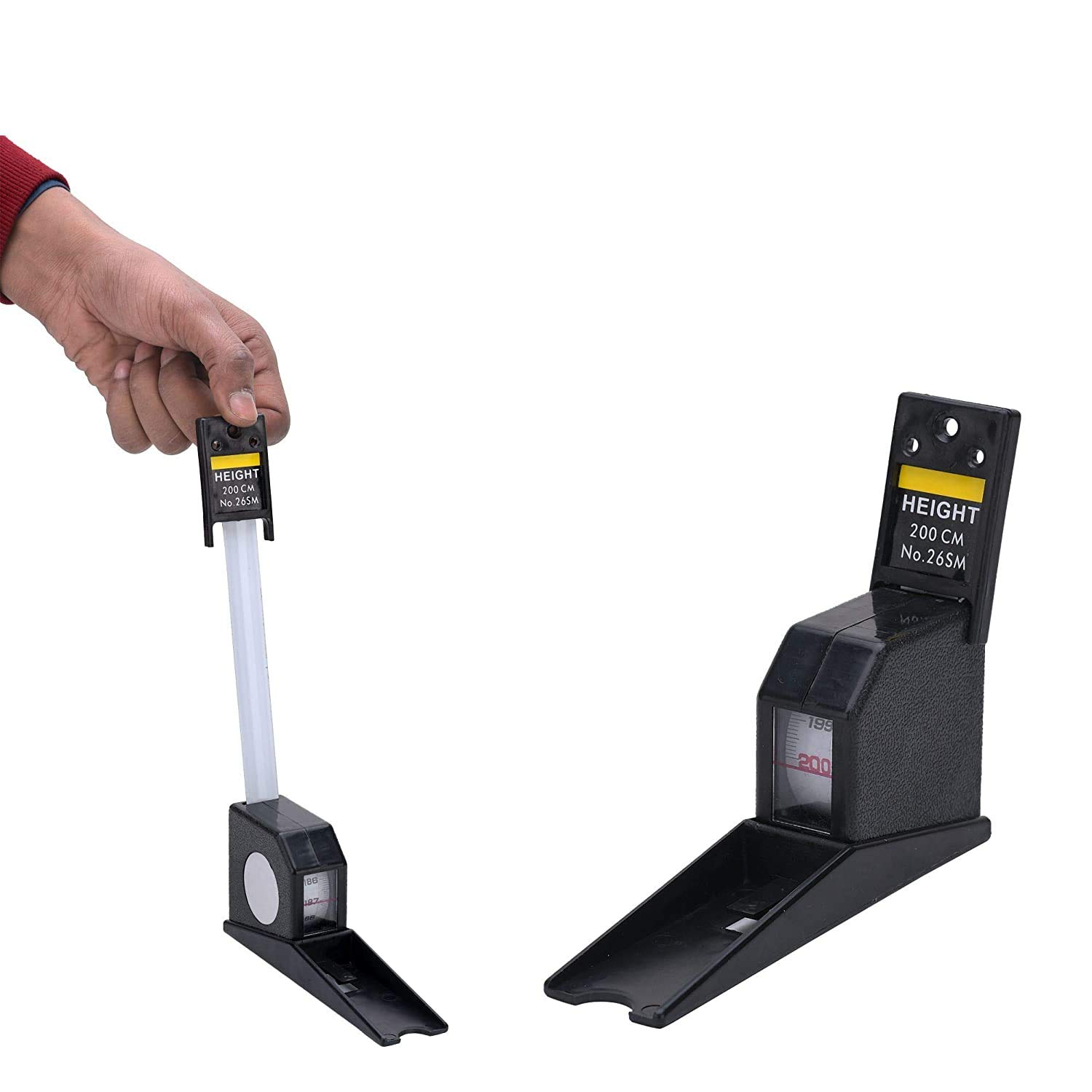
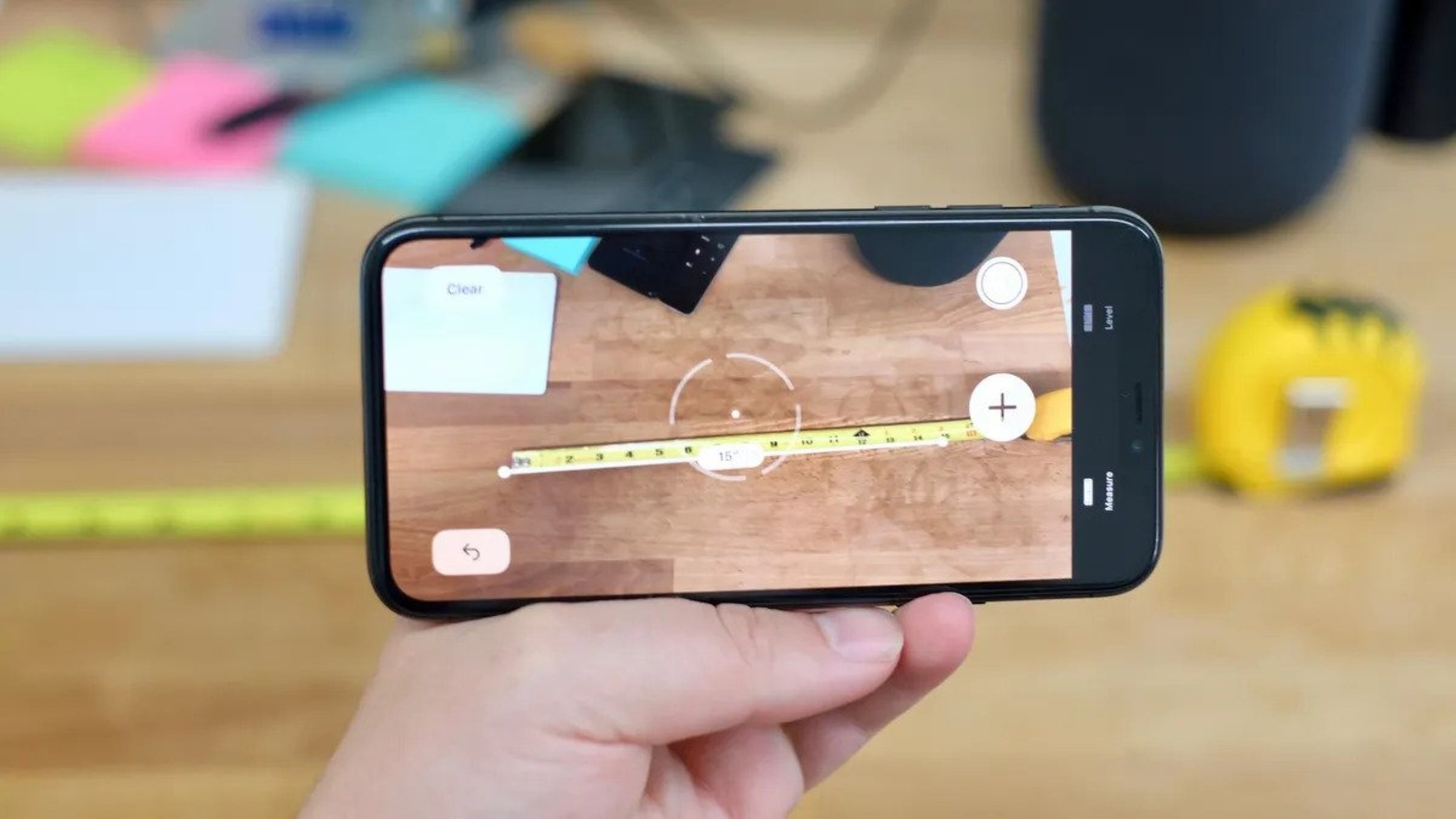

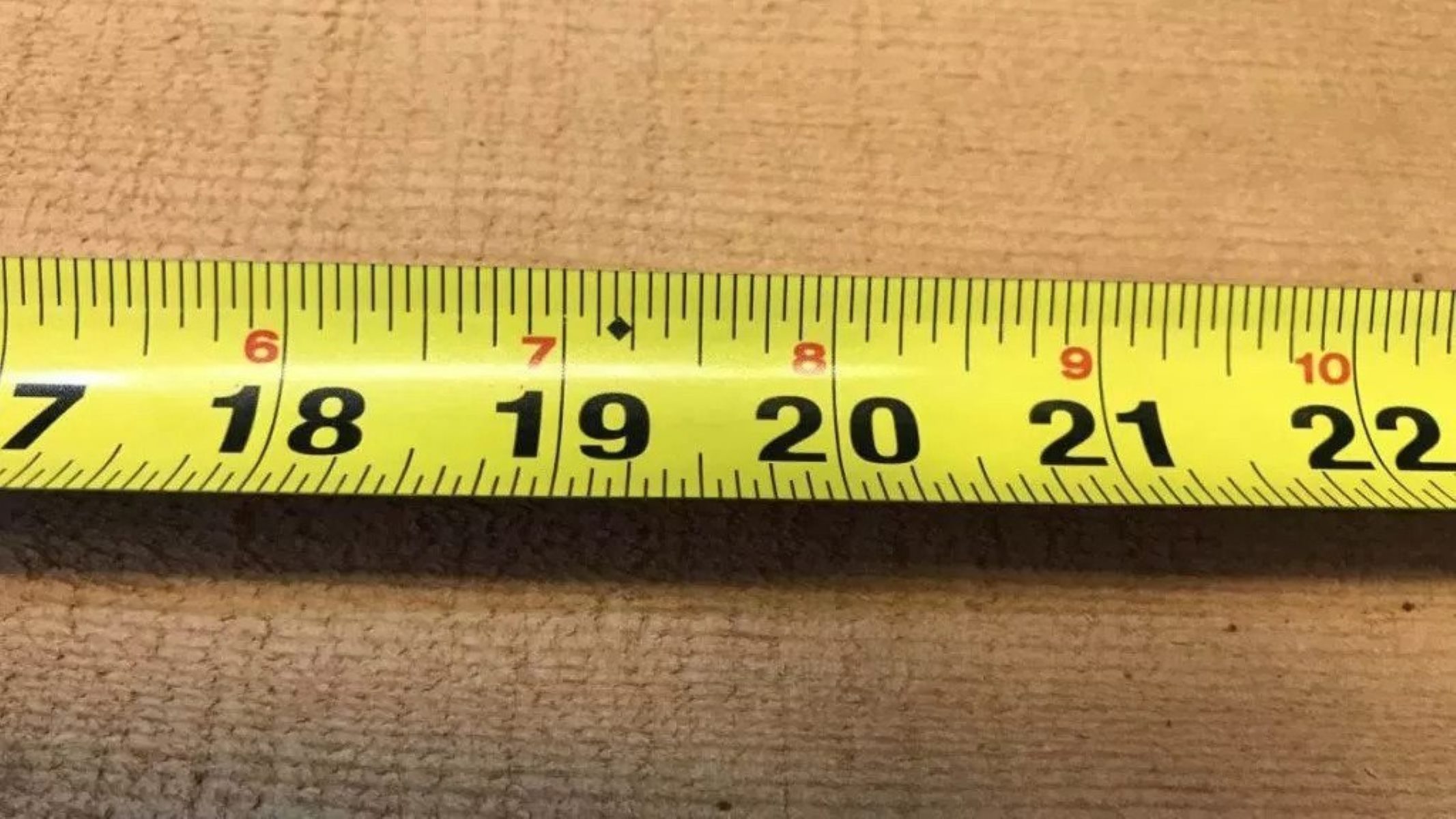
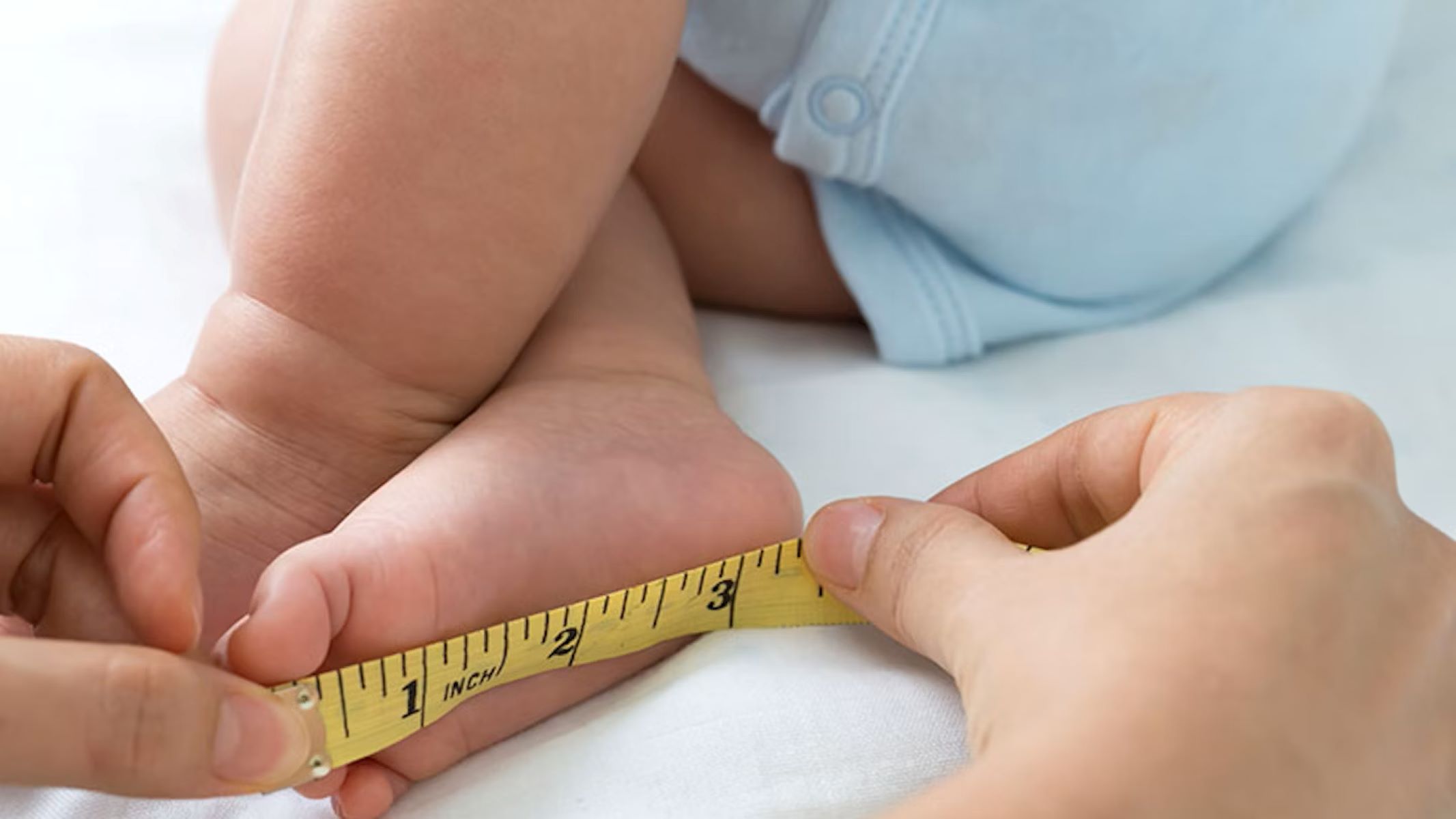

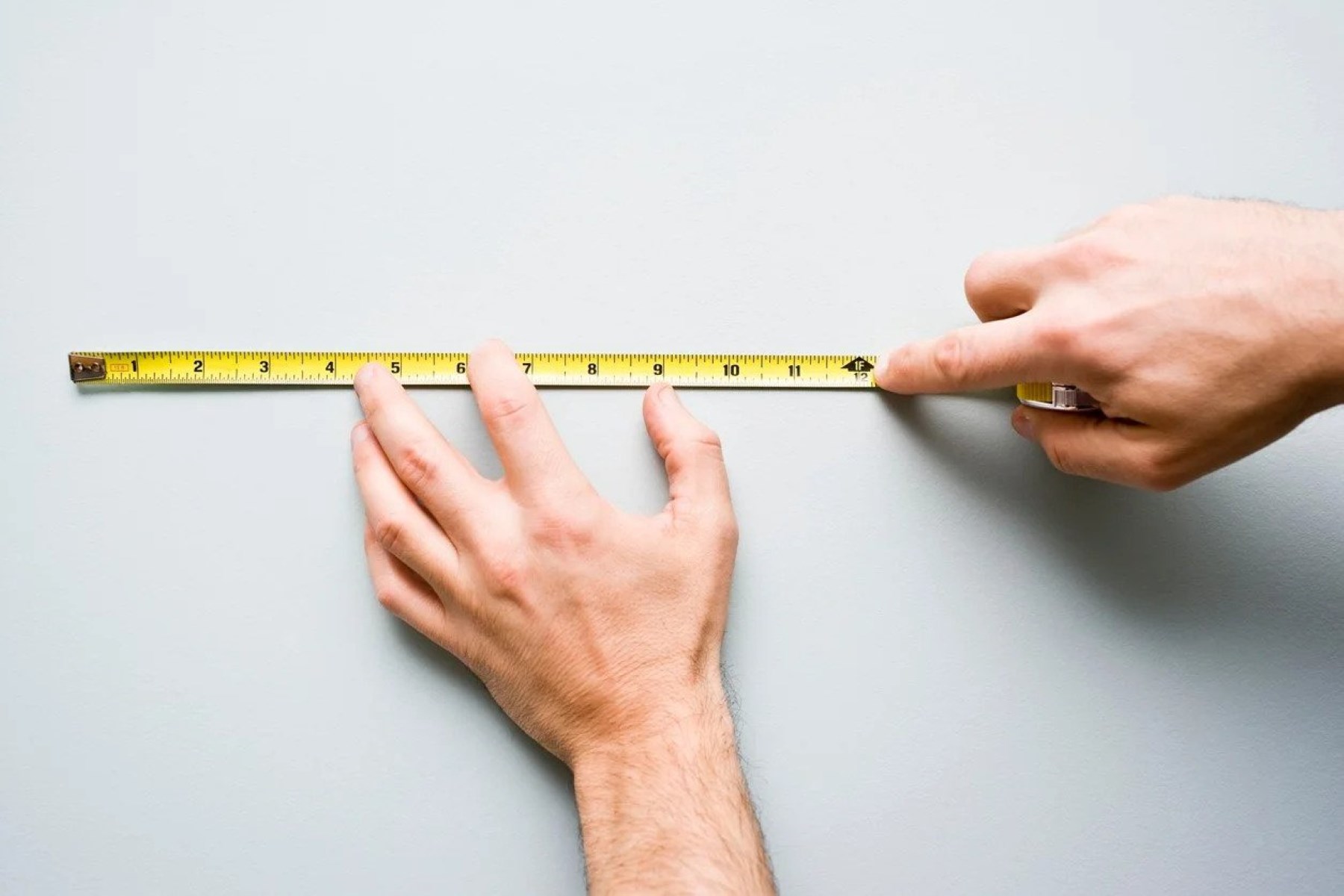

0 thoughts on “How To Measure Your Height With Measuring Tape”